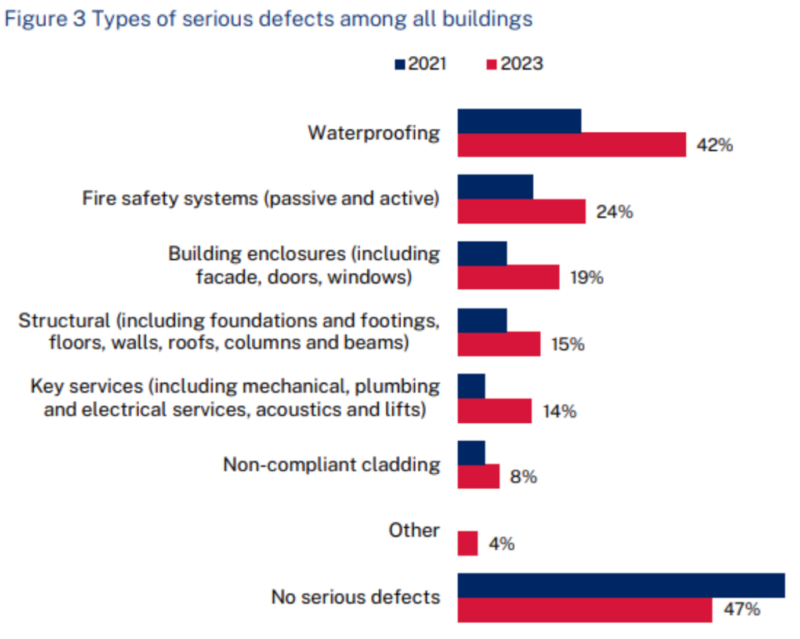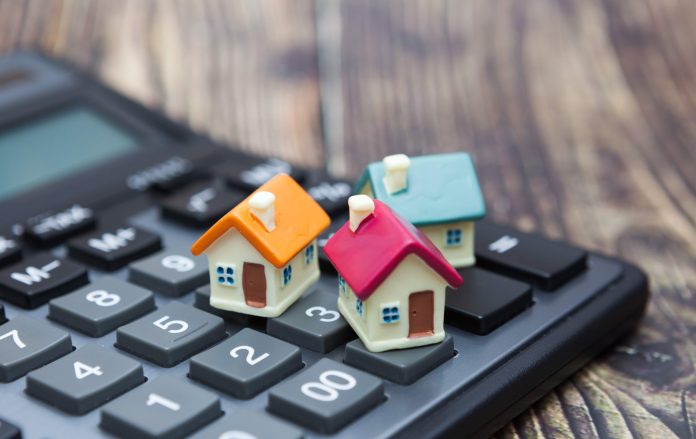[ad_1]


Key takeaways
The current situation for first-home buyers is unlike anything we’ve seen before, with mortgage rates skyrocketing at an unprecedented pace and rents skyrocketing.
In the face of mounting pressures, purchasing an apartment has emerged as a viable solution for some. However, this seemingly attractive option comes with its own set of risks, such as serious defects in strata buildings.
According to estimates by the Owners Corporation Network of Australia, strata fees have risen by around 20% over the past year alone. Instead, buy an established family-friendly older apartment in a great inner or middle-ring suburb and in blocks of less than 12.
The current situation for first-home buyers is unlike anything we’ve seen before.
Over the past couple of years, we’ve witnessed a whirlwind of changes, particularly in the mortgage market.
Mortgage rates have skyrocketed at an unprecedented pace, soaring from 2.9% in April 2022 to a staggering 6.4% today.
And if that wasn’t enough, the rental crisis has reached new heights, with vacancy rates plummeting to record lows nationwide, causing rents to skyrocket.
In the face of these mounting pressures, purchasing an apartment has emerged as a viable solution for some.
After all, it offers an escape from the rental crisis and a chance to start building equity in a property of their own.
However, this seemingly attractive option comes with its own set of risks.
Take defects, for example.
According to a report by the New South Wales government, a staggering 53% of strata buildings surveyed exhibited serious defects within just six years of construction.
The most common serious defect was waterproofing, impacting 42 per cent of buildings assessed, followed by fire safety systems with 24 per cent of structures afflicted.
These defects obviously pose a significant financial burden on unsuspecting apartment owners.


Then there are rising Strata Fees
According to estimates by the Owners Corporation Network of Australia (OCN), which represents owners in strata complexes, strata fees have risen by around 20% over the past year alone.
A significant portion of these escalating costs can be attributed to soaring insurance premiums, which have experienced their highest level of inflation in 23 years.


So what’s the answer?
While apartment living suits many, for the majority of Australians yearning for a townhouse or house of their own, apartments represent a means to an end—a way to transition from renting to owning and, hopefully, to climb the metaphorical property ladder.
But the lesson here is to avoid many (maybe most) of the apartment towers built in the last 20 years.
Instead, buy an established family-friendly older apartment in a great inner or middle-ring suburb and in blocks of less than 12.
You know…those we often call flats – and were built more solidly many years ago.
They usually offer a better more liveable floor plan, a higher land-to-asset ratio, and can usually be bought today at significantly below replacement cost.
Of course, you still need to do your careful pre-purchase due diligence on the Owners Corporation’s outgoings and carefully read their annual report regarding any structural issues.
[ad_2]
Source link


